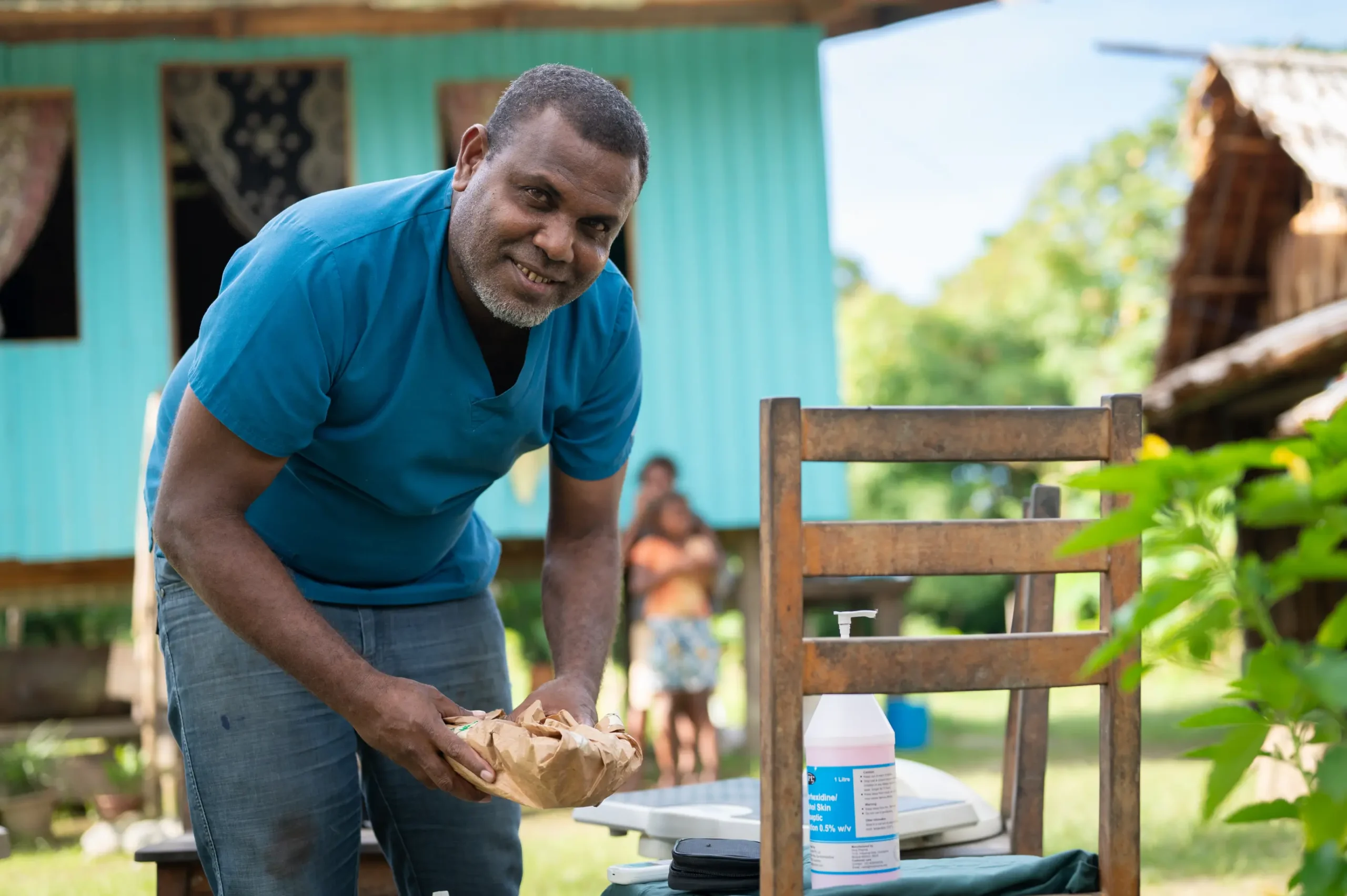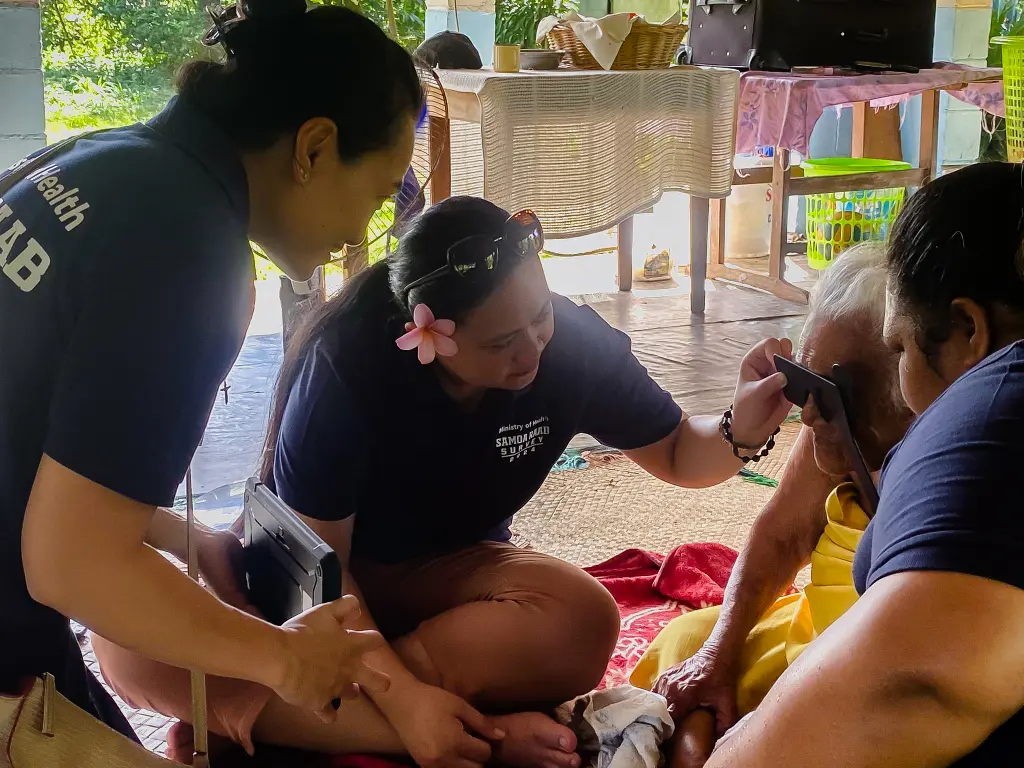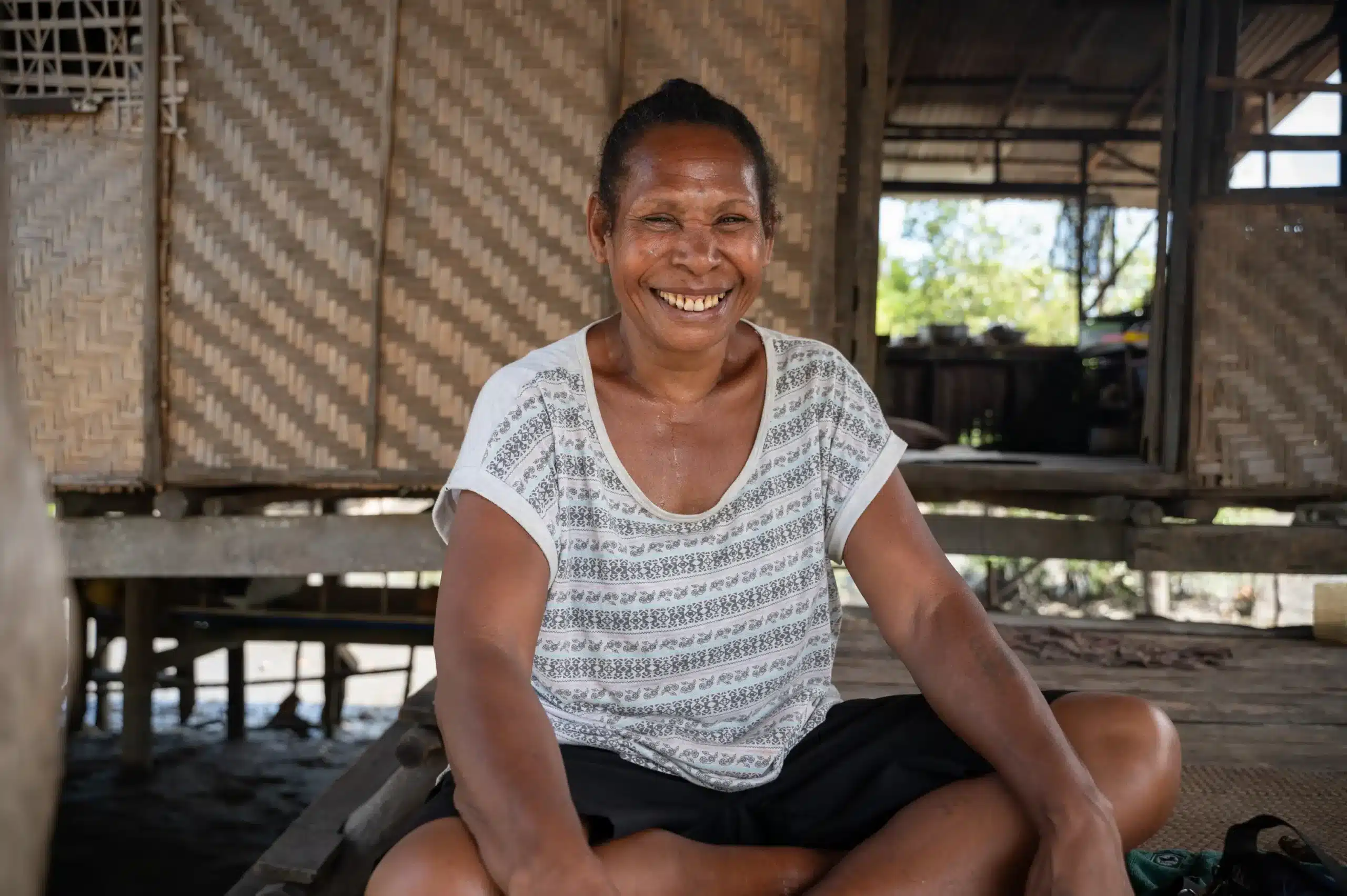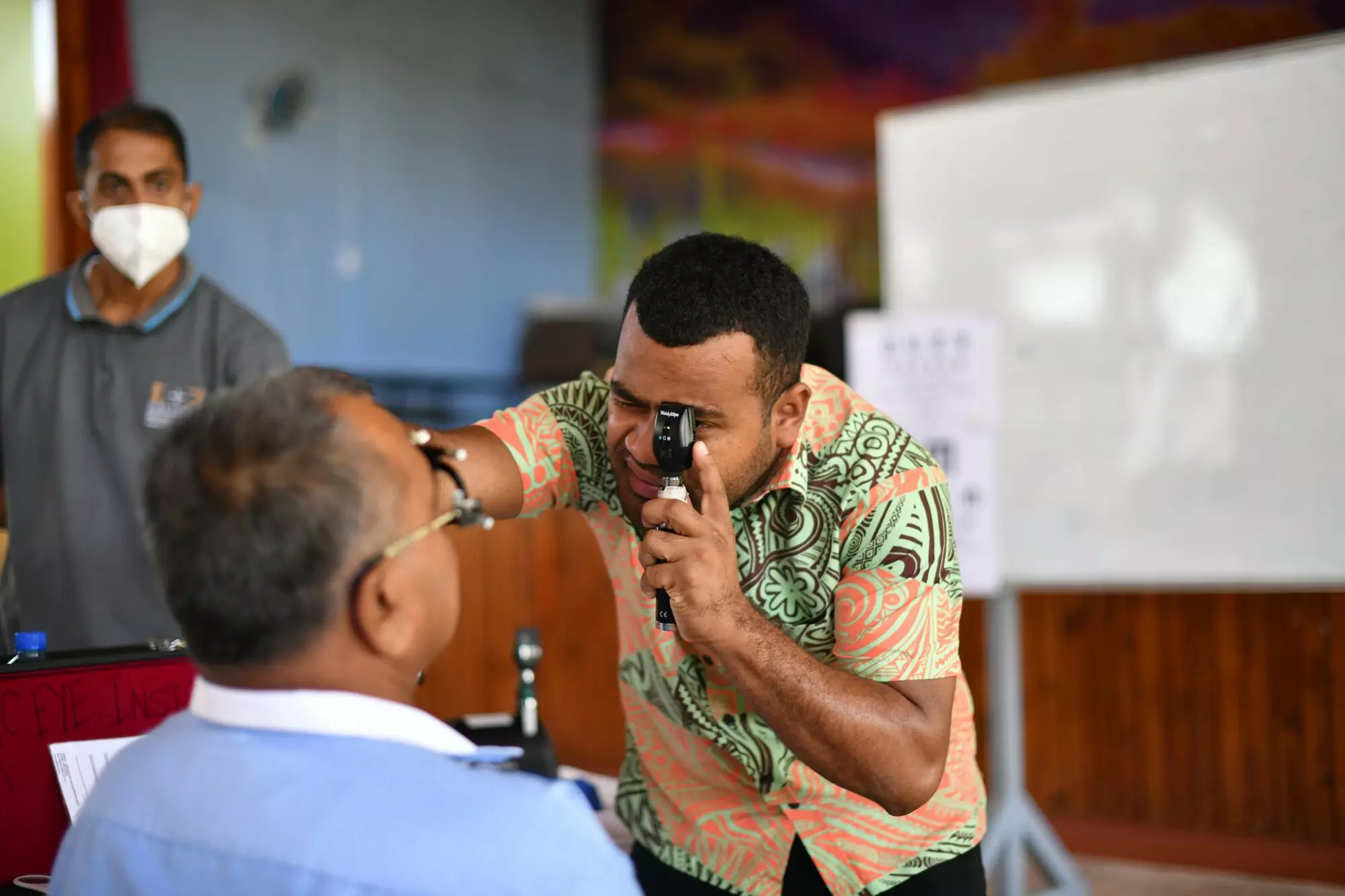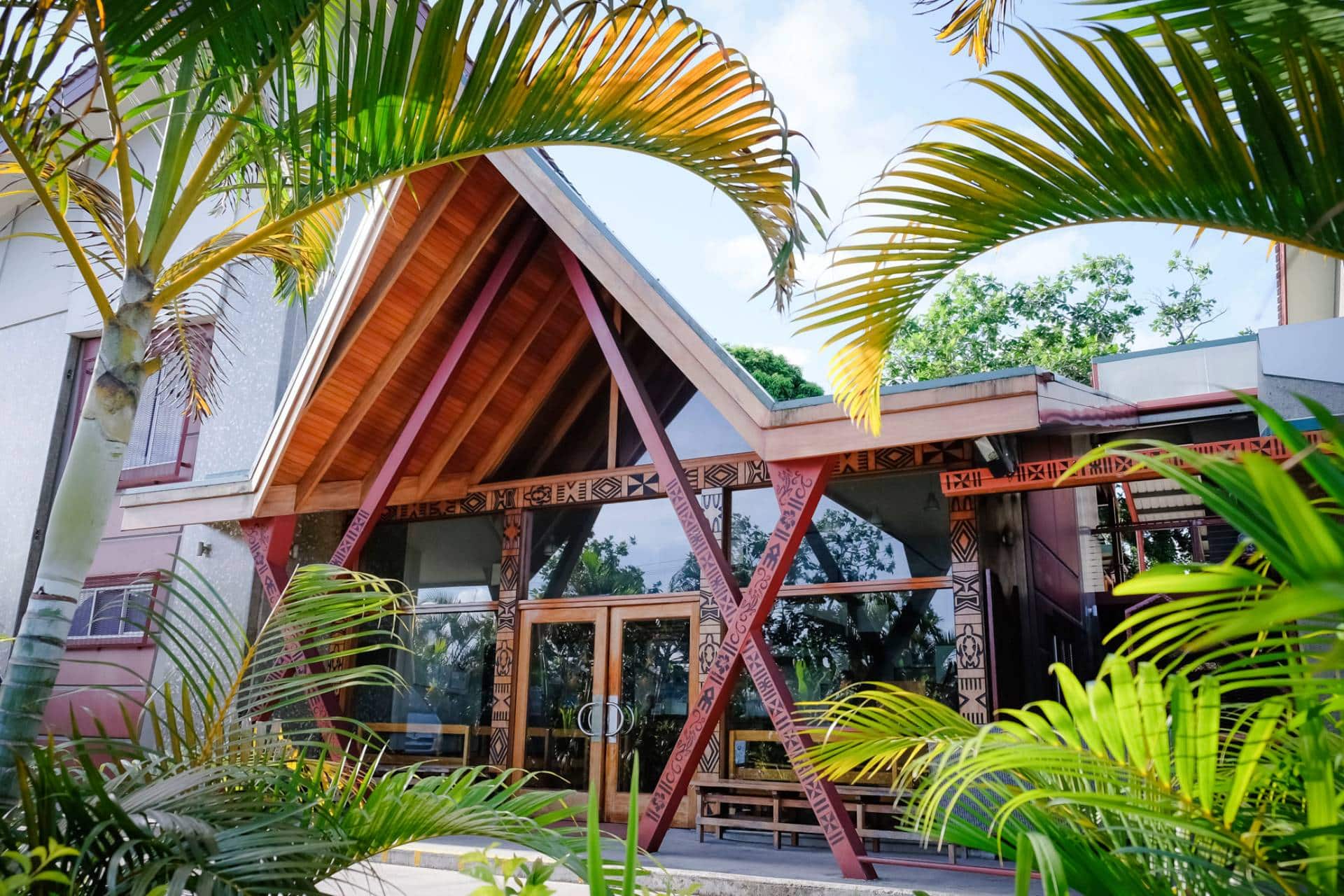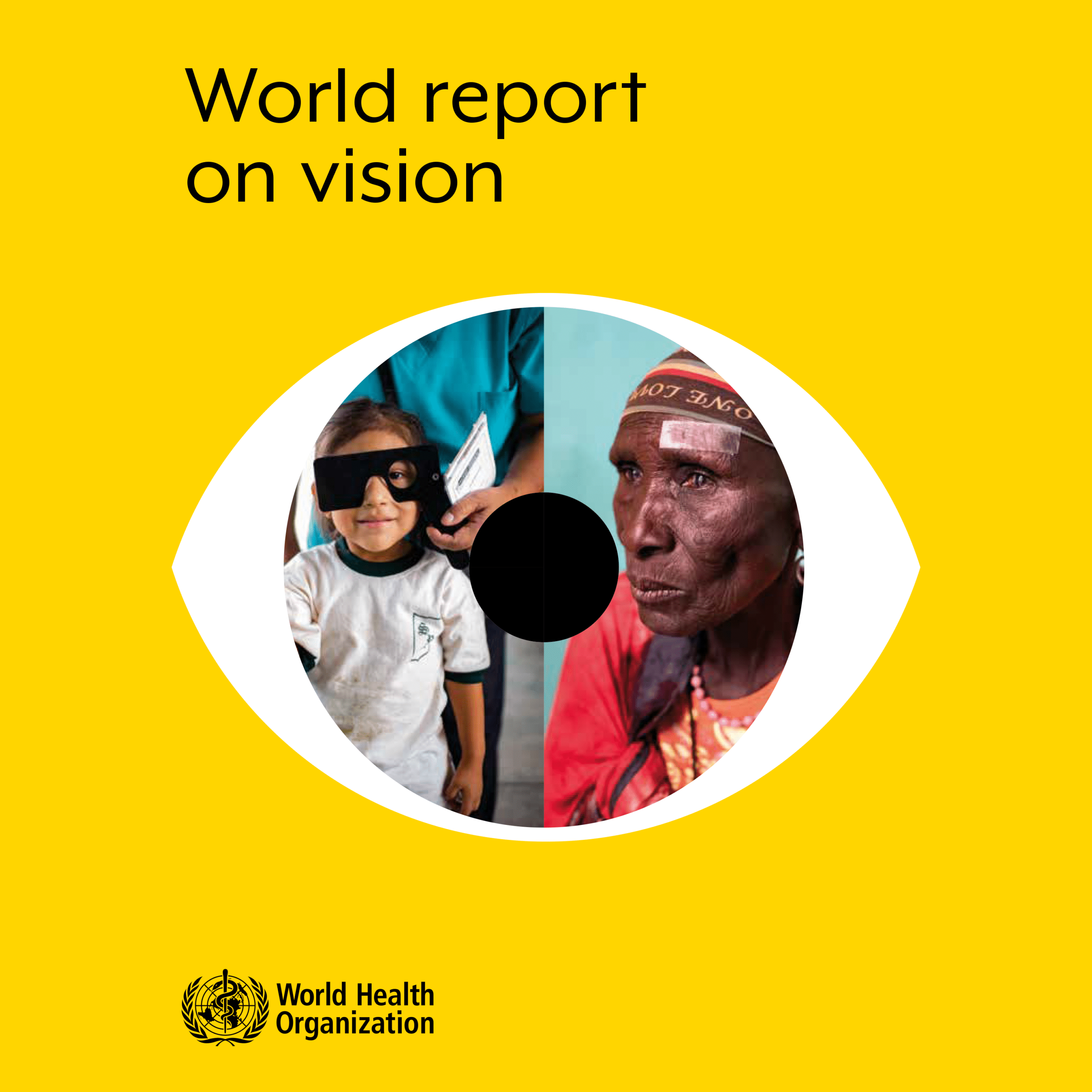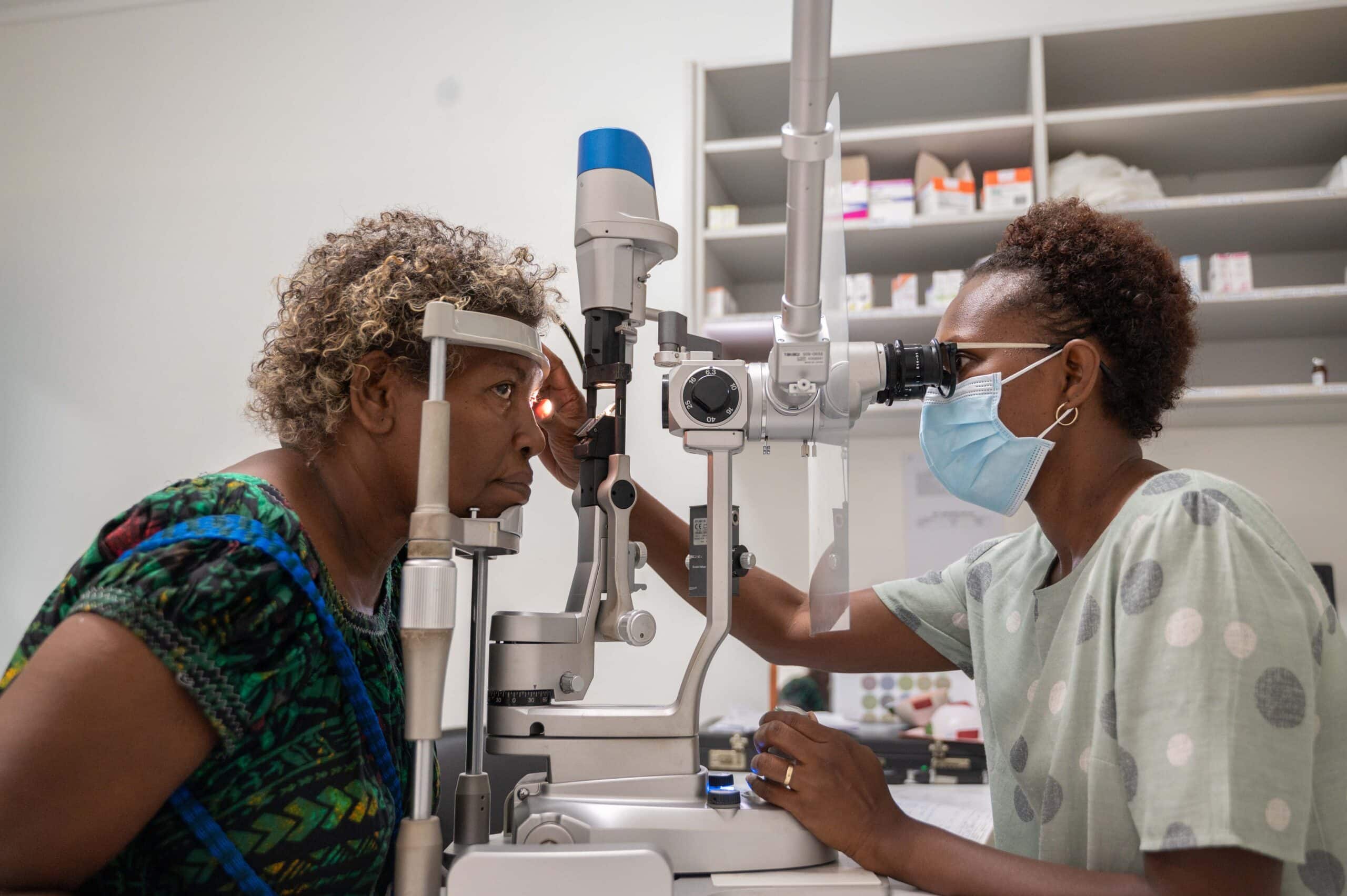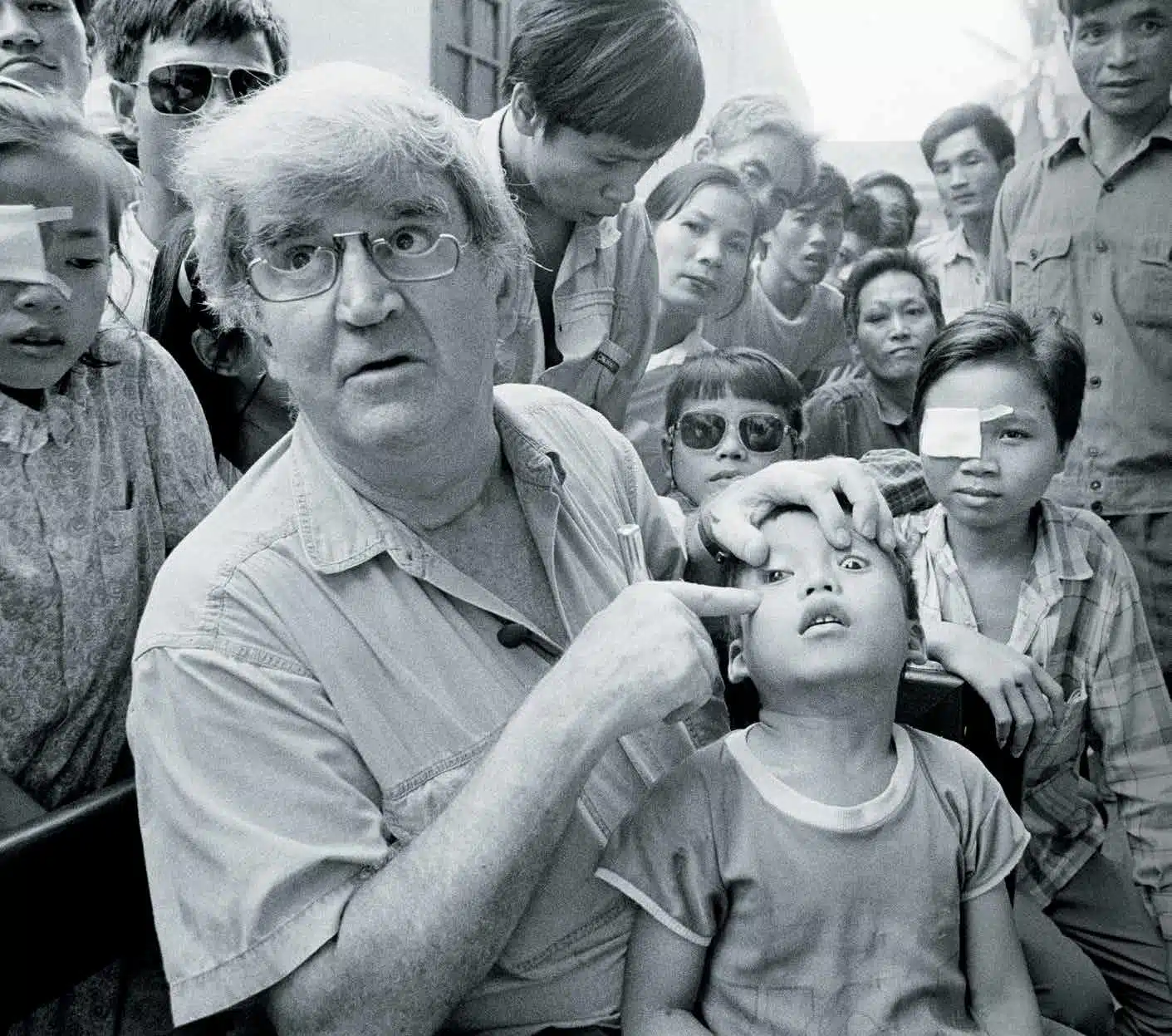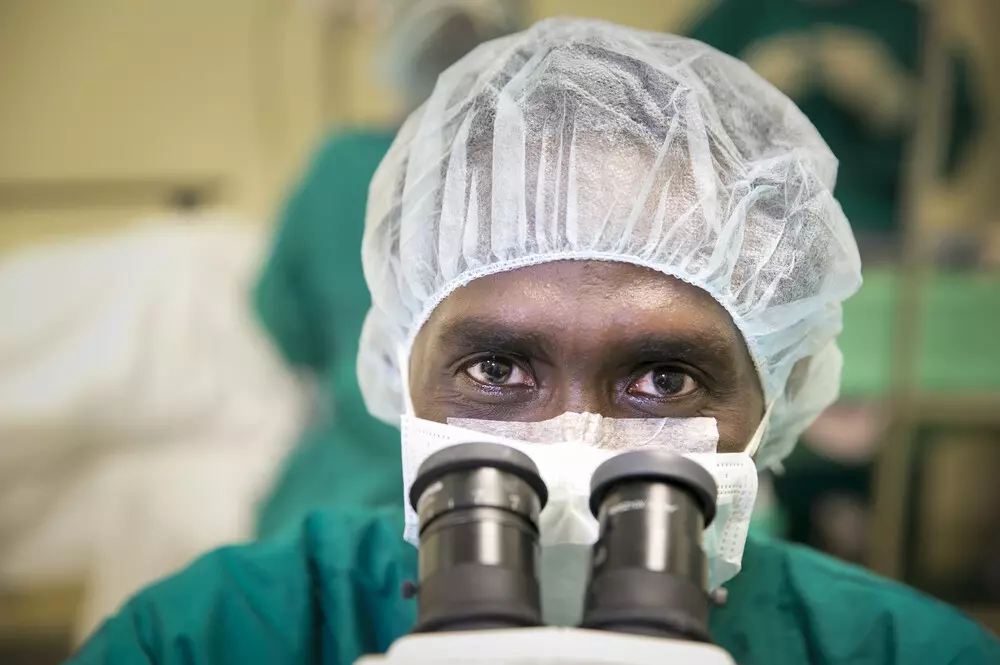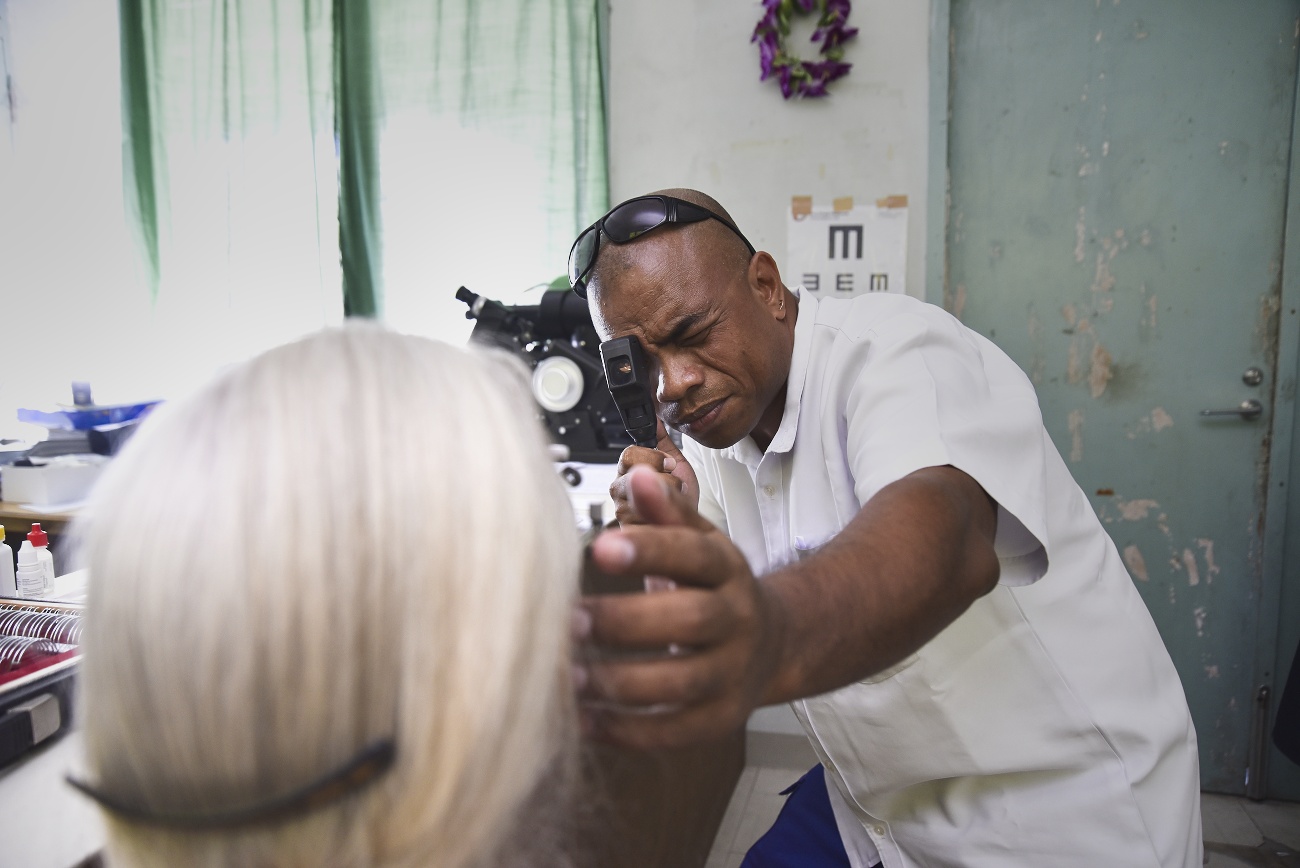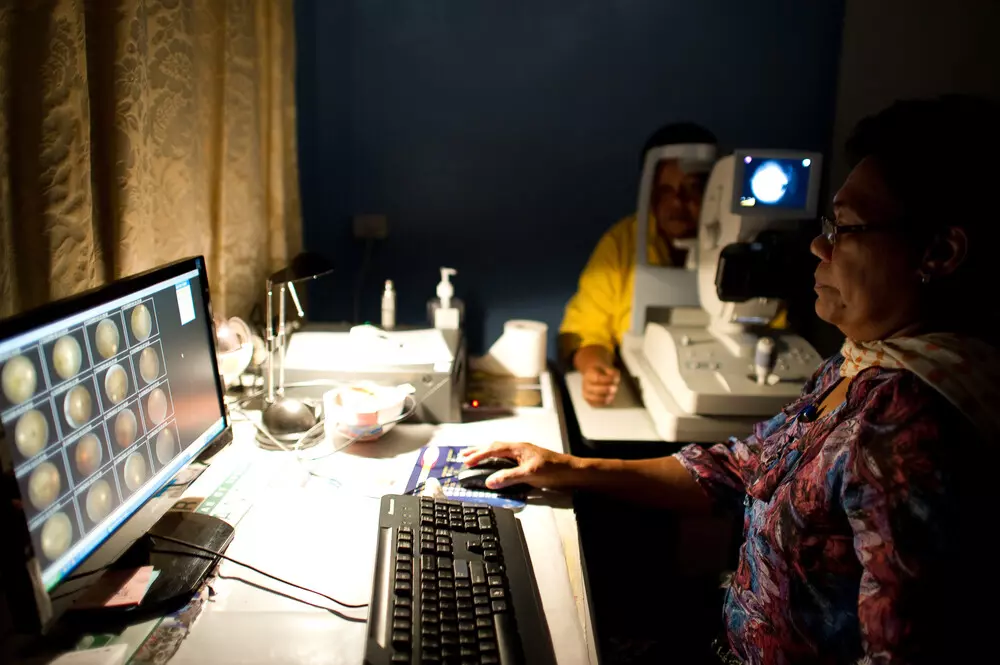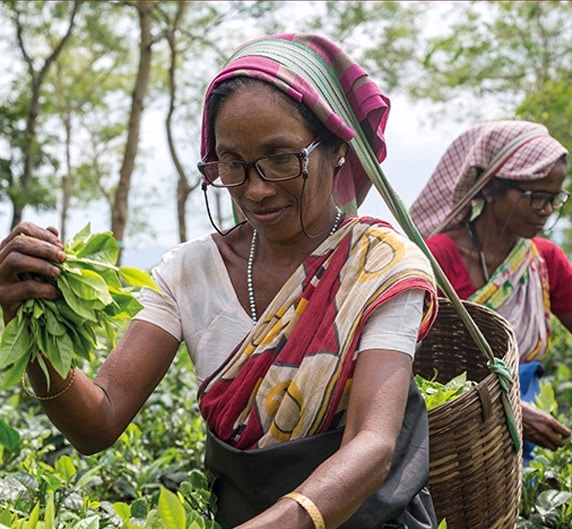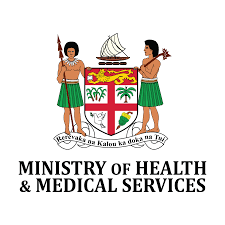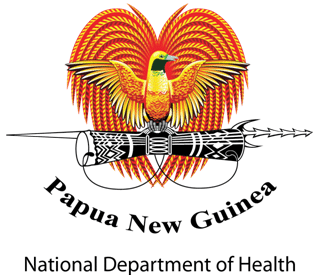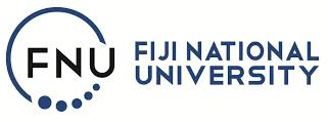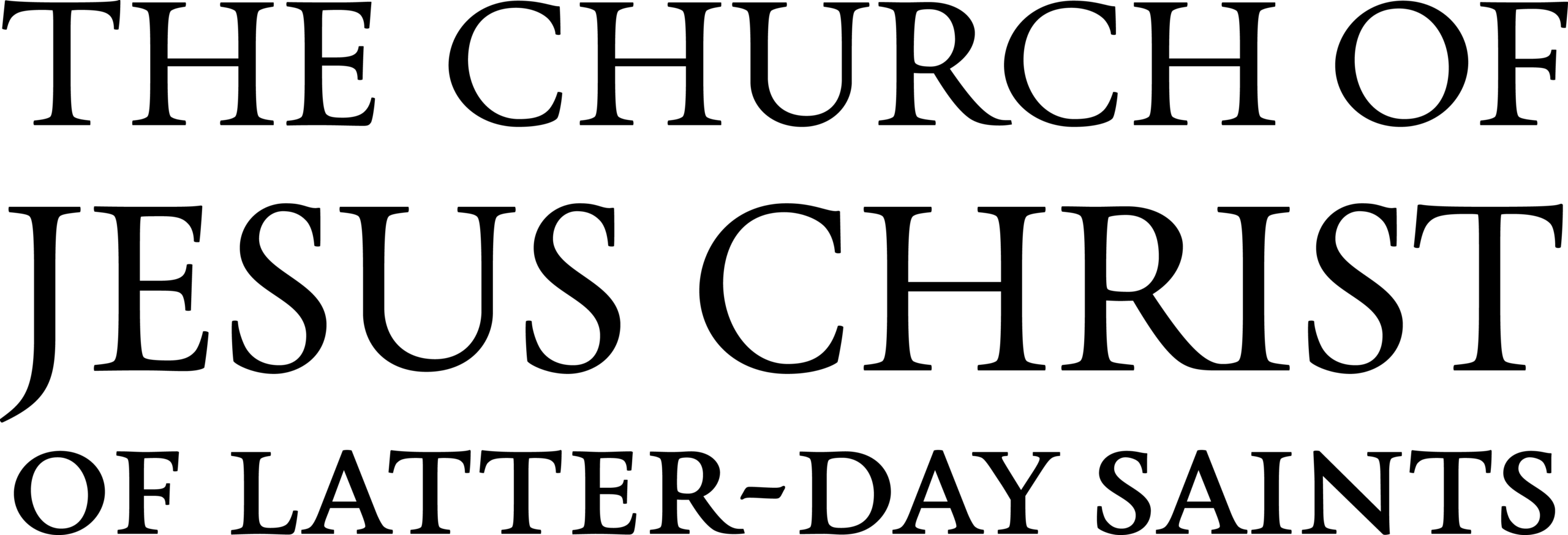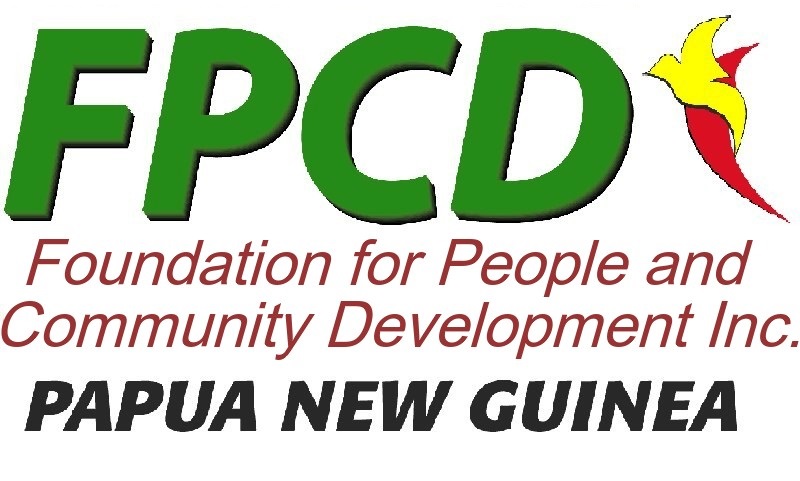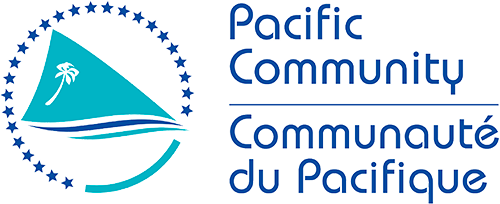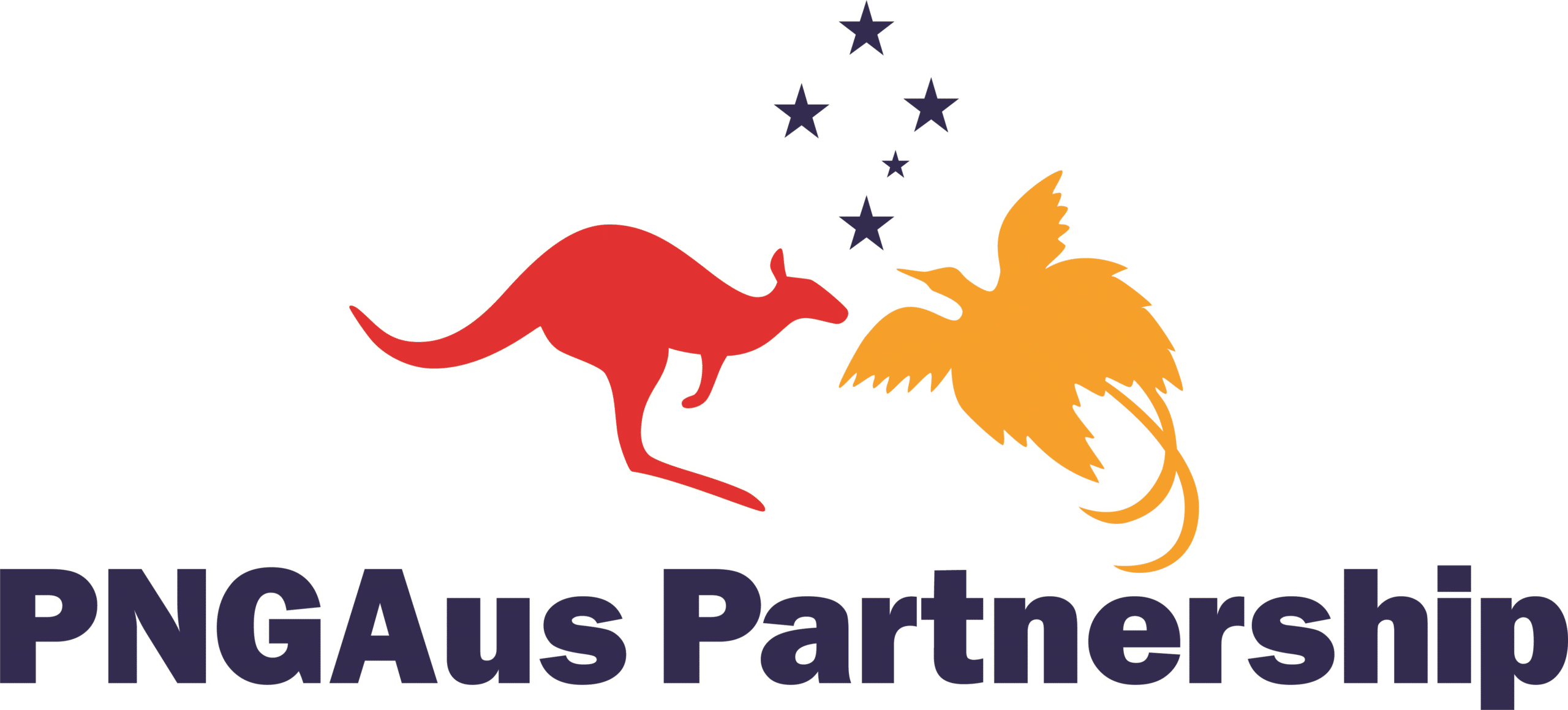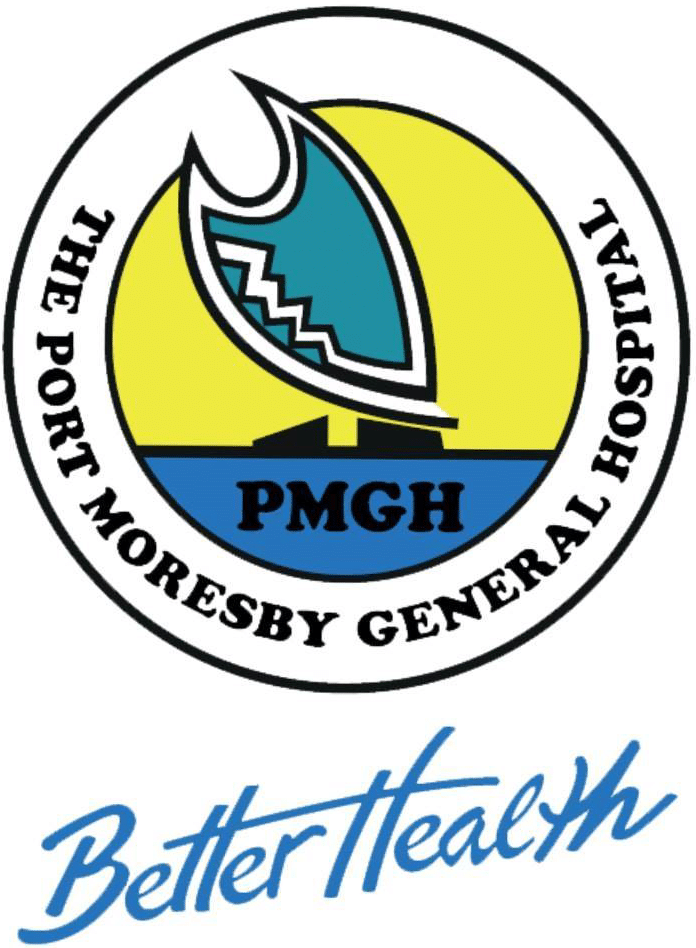The 2023 Rapid Assessment of Avoidable Blindness (RAAB) survey into the causes of blindness in Vanuatu found that 92 per cent of blindness in the Pacific Island nation is avoidable. This means that nine out of 10 people who are blind don’t need to be.
Between August and December 2023, we conducted a Rapid Assessment of Avoidable Blindness (RAAB) in Vanuatu to assess the prevalence and causes of blindness and vision impairment. Survey teams, including an ophthalmologist and eye nurses, travelled to all provinces in Vanuatu to examine eyes and collect data on cataract, refractive error, and diabetic retinopathy.
What did we learn?
Estimated burden of vision impairment
The age and sex adjusted prevalence of
blindness was 1.7%. The prevalence of severe
vision impairment was 1.7%.
92% of blindness was avoidable. This means
that 9 out of 10 people who are blind in Vanuatu
don’t need to be.
Cataracts as the Leading Cause
Untreated cataract was identified as the
leading cause of blindness (82.4%), Severe
Vision Impairment (SVI, 91%), and Moderate
Vision Impairment (MVI, 66%) in Vanuatu.
Uncorrected Refractive Errors
Uncorrected refractive error was the
leading cause of Early Vision Impairment
(EVI) responsible for 76.9% of cases. It was
the second leading cause of MVI (27.2%),
highlighting the need for strengthened
refractive services in Vanuatu.
Cataract Surgical Coverage (CSC)
79.2% of people blinded by cataracts have
been operated on, and this is close to the
80% threshold often discussed in relation to
Universal Health Coverage goals.
Visual Outcomes After Cataract Surgery
The CSC for individuals with a vision impairment
threshold of <6/18 was 38.9%. This indicates
that less than half of those who could benefit
from cataract surgery at this level of vision
impairment are receiving it.
Refractive Error Coverage (REC) and Effective Refractive Error Coverage (eREC)
Age- and sex-adjusted REC and eREC were
12.6% and 10.3% respectively. This suggests
that a significant proportion of individuals with
refractive errors are not receiving necessary
corrective services.
Effective Cataract Surgical Coverage (eCSC)
The proportion of people who were blind from
cataract, operated on (in one or both eyes)
and can see better after surgery (VA 6/18) was
54.6%. The relative quality gap was 31.1%.
When the quality gap is 25% or greater it is
recommended that priority is given to improving
the quality of cataract surgery and outcomes.
Prevalence of Diabetes and Diabetic Retinopathy (DR)
Of 4,937 consenting participants, 13.3% had
known or suspected diabetes, of whom 88.9%
consented to further examination: 74.5% had
no DR, 21.2% had DR, and 8.0% had sightthreatening
DR.
Diabetic Retinopathy (DR) Screening
Almost two-thirds (63.4%) of study participants
who had diabetes were aware of their condition.
Nonetheless, a significant gap exists in DR
screening with 85.9% of study participants
with a prior diagnosis of diabetes having never
undergone an eye examination for DR.
What can we do about it?

Improve Cataract Surgery Outcomes and Increase Cataract Surgical Coverage

Expand Refractive Error Services

Continue to Enhance Diabetes Management and DR Screening

Continue to Invest in Public Awareness and Education
Strengthen Eye Health Infrastructure

Integrate Eye Health into Primary Care



